This Easter, let’s not forget about Mary. This deeply complex woman of strength, sorrow and unwavering faith is worth another look
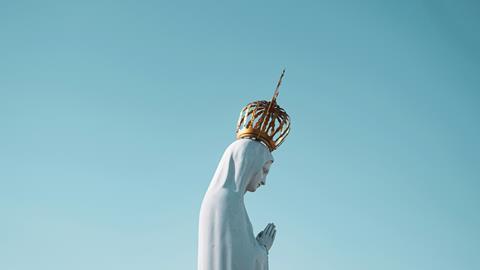
My faith was formed in the evangelical Church, and it has only been in recent years that I’ve realised this gave me an incomplete perception of Mary.
Art and popular culture often portray her as one-dimensional. Young, beautiful, serene, doting, passive and white. In church, I knew to be wary of thinking too much about Mary, because Catholics were said to be obsessed with her, and we didn’t want to make that mistake.
When we did speak about Mary – mainly at Christmas – the message I received was that her virtue lay in her willingness to bear and give birth to the Son of God. Implicitly, the lesson I learned was that good women were faithful, self-sacrificing and did as they were told.
Mary is a hero of the Christian faith from whom many of us have been told to avert our eyes. But she is worth a second glance. In the years since becoming a mother myself, I have seen Mary in a new light – as a far more interesting, complex and profound figure than I realised.
Having a child gave me a front row seat into the wonder of new life, but it also brought me closer to a sense of my own finitude; that mortality is something none of us can escape. In the early years, we mothers spend so much time and energy trying to keep our children safe from harm. Writing in The New York Times, existential philosopher Danielle LaSusa describes her relief at realising that death is a constant worry for many new mothers, and that her own thoughts were not unusually macabre.
Mary is a hero of the faith from whom many of us have been told to avert our eyes
For me, it was in the labour room that the veil between life and death felt thinnest. Motherhood has acted as a kind of memento mori – a reminder that all of us will die. So many parts of the journey towards motherhood can be marked by death and loss. We don’t talk enough about the painful realities of miscarriage, baby loss and stillbirth, or the horror of losing a child at any age.
This Easter, as I meditate on the death and resurrection of Jesus, I can’t help but pay more attention to his mother, Mary, at the foot of the cross. An older woman, watching her son die in the most horrific way; it’s the worst thing a mother can imagine. As Joan Taylor and Helen Bond write in Women Remembered (Hodder Faith): “It’s hard to imagine a mother not standing by her son at his moment of greatest need, channelling his pain into every fibre of her own body.”
I wonder whether she had been holding her breath for three decades, waiting for this to happen. I wonder how often she thought of what Simeon meant when she and Joseph took Jesus to the temple and he said: “A sword will pierce your own soul too” (Luke 2:34–35). Was this the first time she sensed the sorrow of her child’s future death, or was it always there, as it is for so many mothers?
Motherhood – like life itself – is not one-dimensional. The Church needs to make room for people to come in their joys, hopes and dreams, but also in all their brokenness, fear and lament. Only then can resurrection come.
Chine McDonald is the author of Unmaking Mary (Hodder & Stoughton), reviewed here
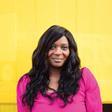

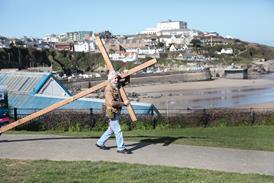



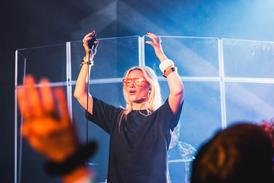

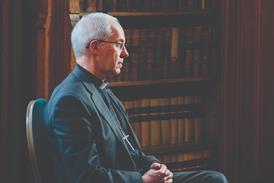
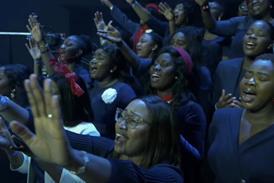
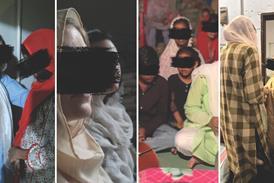
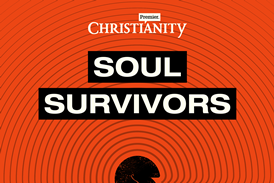


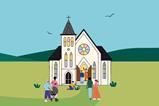


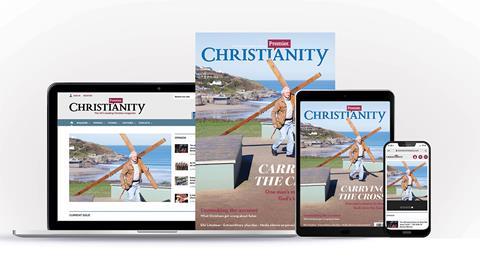



















No comments yet